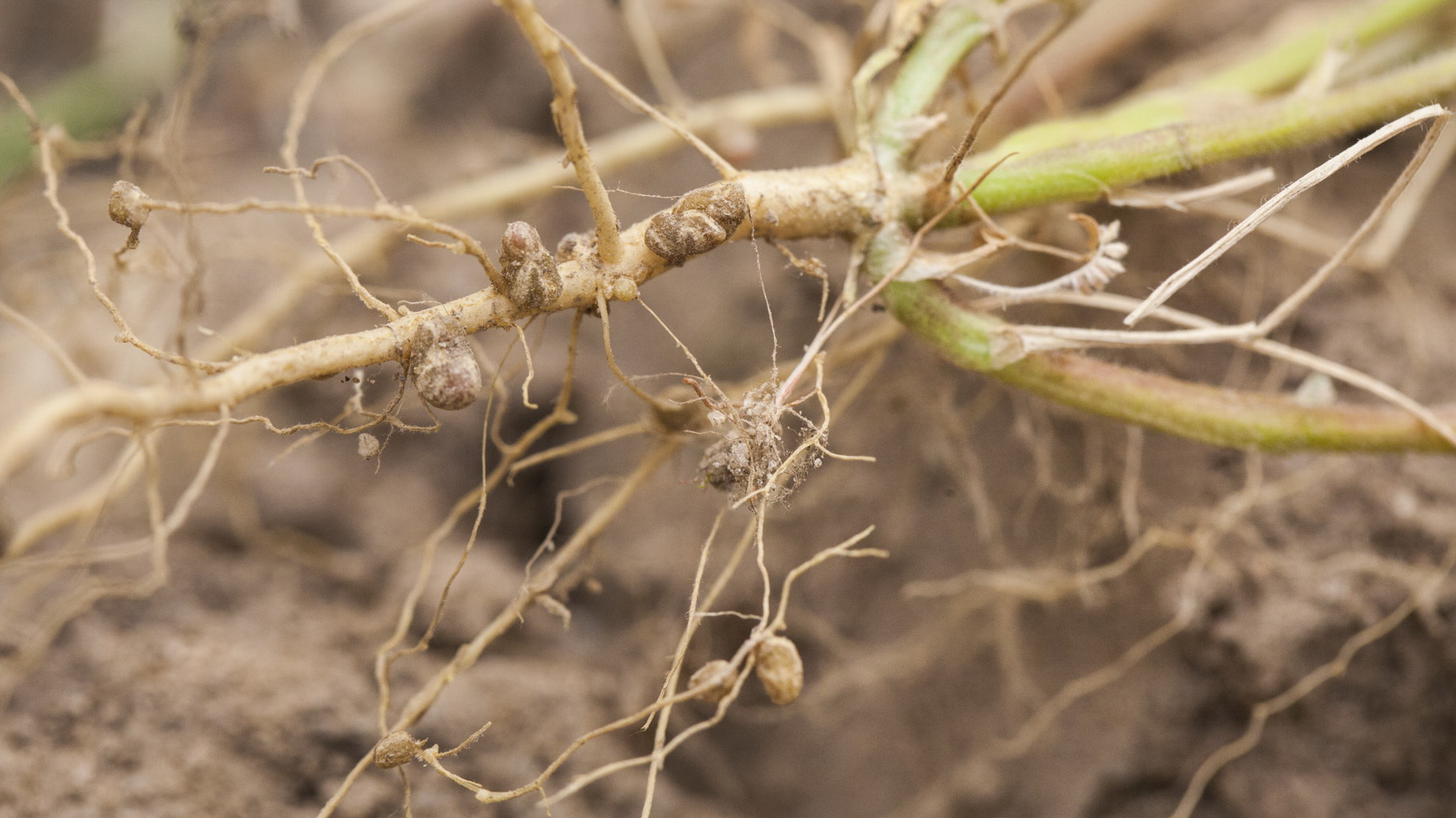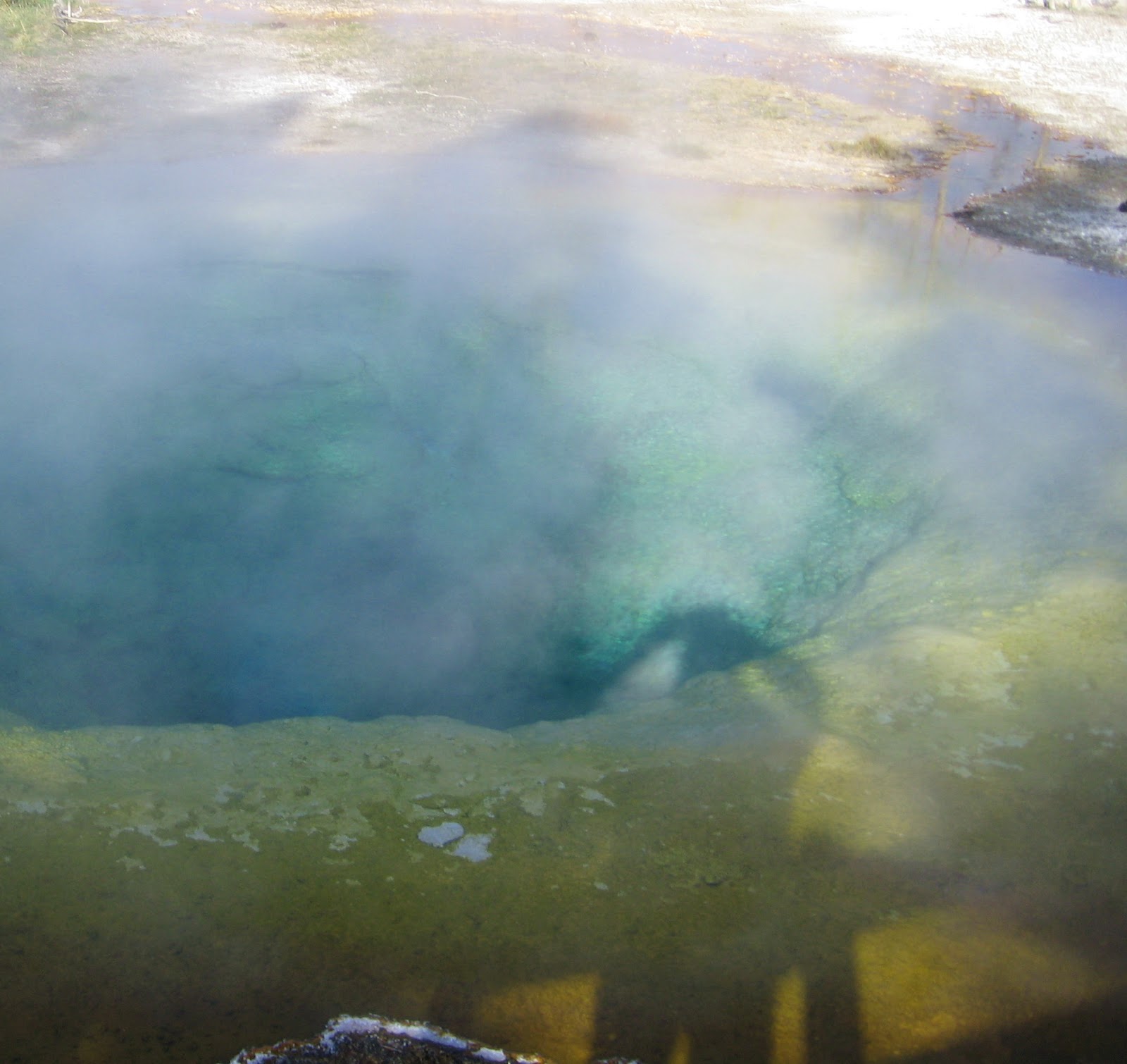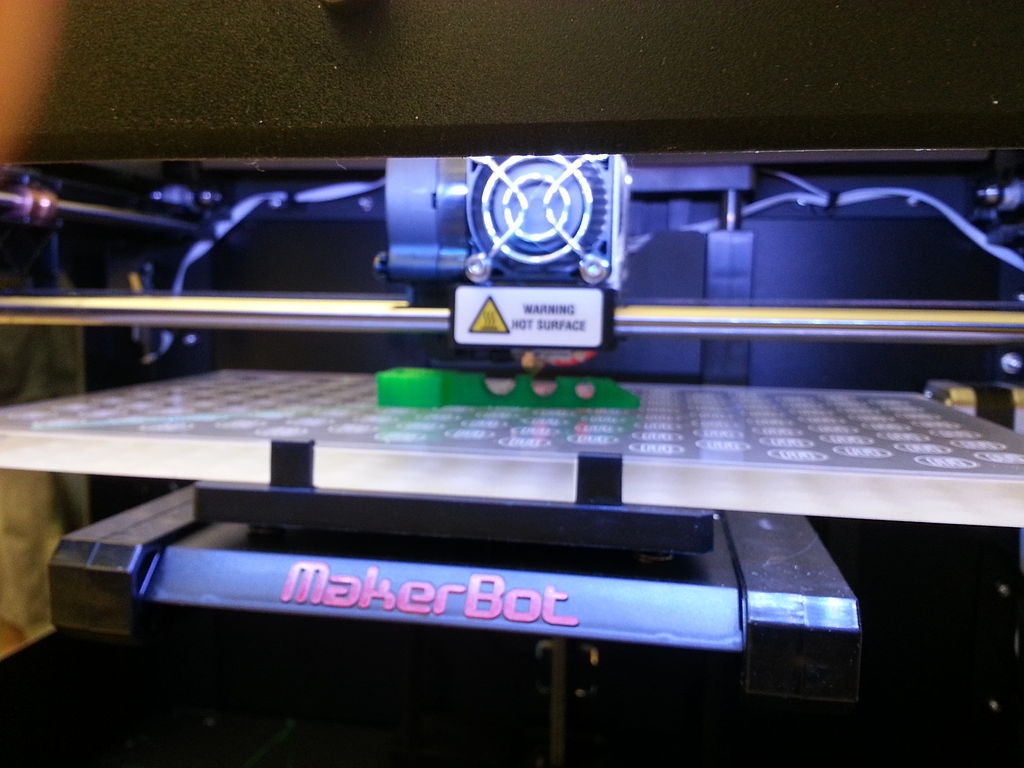Boston University News Service – Before synthetic nitrogen fertilizers existed, plants and bacteria worked together to return nutrients to the soil. A type of bacteria living in plant roots, called nitrogen-fixing bacteria or Rhizobia, enriches the soil with nitrogen from the atmosphere, making it available to the host plants. But not all plants can host Rhizobia, because the plants’ immune systems repel the bacteria. Scientists have long believed that only legumes, or plants like soybean, pea, and alfalfa, could chemically communicate, and therefore accept, the nitrogen-fixing bacteria.
Tag: new study
Tiny ‘wires’ and a big step forward for solar cells
This is a pretty exciting piece of news for the solar cells of the future. Although I must admit, I don’t quite agree with the use of the word ‘breakthrough’ in the title of the press release that came out last week – ‘Breakthrough in Solar Cell Research.’
Engineering cyanobacteria
I like to think of myself as an environmentally-conscious person who tries to save energy and reduce my carbon footprint. But there are times, like now, when I just want to keep my apartment warm enough to wear shorts and not feel guilty for contributing to carbon dioxide emissions. What if we could recover the carbon dioxide molecules that’s produced from burning fuels and quickly convert those molecules back into energy-rich fuel molecules? It’d be a different story.
Drug synthesis – an example
Drugs are exceedingly complicated molecules. The process of getting to know what a drug should look like is, in the words of Edward Holson, Director of Medicinal Chemistry at the Stanley Center for Psychiatric Research, The Broad Institute of MIT and Harvard, “like a chess game.”
Introducing.. Carbon Dioxide Fertilization
I have just been introduced to a whole new concept, coined the carbon dioxide fertilization effect, when I came across an article published last week in Nature Climate Change. Can carbon dioxide actually act as a fertilizer, helping plants to grow bigger and faster with higher levels in the atmosphere?
Fish, mercury and ADHD
I was browsing through EurekAlert the other day for new studies to blog about and came across this title: Low-level mercury exposure in pregnant women connected to risk in Attention Deficit Hyperactivity Disorder (ADHD). Now, I normally wouldn’t follow through on such an article, as I am: a. not pregnant, b. everyone knows mercury is toxic, so it shouldn’t be surprising that it causes problems. But the word ‘fish’ in the press release got my attention because I love eating fish and yes, I like to know what’s going on with my food, so I clicked on it and read the paper.
Print the Organ that You Need
Imagine printing a picture on a piece of paper, and printing over it repeatedly such that the picture ‘grows’ out of the paper and into a three-dimensional structure. Researchers from University of California, San Diego and collaborators from Zhejiang University did that, but with biocompatible polymers instead of regular ink to form complex three-dimensional scaffolds. The researchers can then inject living cells into these scaffolds to create artificial organs.
Broadcast of the Human Sperm Swimming Olympics
Human sperm’s race to their finish line used to be a private affair. Now, scientists at the University of California, Los Angeles, have developed a novel technique to view and monitor the sperm’s movement patterns in a dish.
Tofu, contact lens and cartilage
For many people with severely torn ligaments or knee replacements, the ability to run and jump as though they have never been injured before remains a dream. Tissue engineering might lead to the day when damaged cartilage can simply be replaced with synthetic materials that resemble human tissue, giving injured joints new life. In an article published last week in Nature, that day comes closer when a team of eight scientists reported the synthesis of a novel hydrogel that is extraordinarily strong, stretchable and capable of self-healing.








